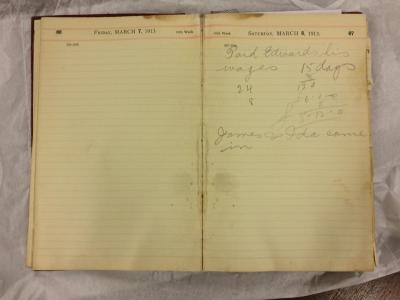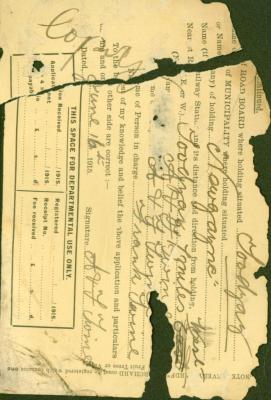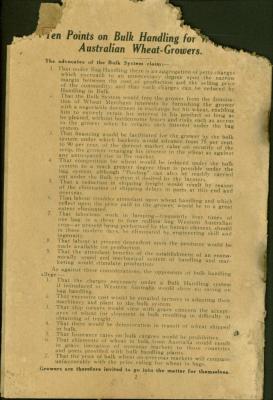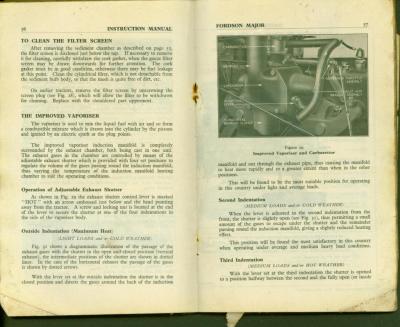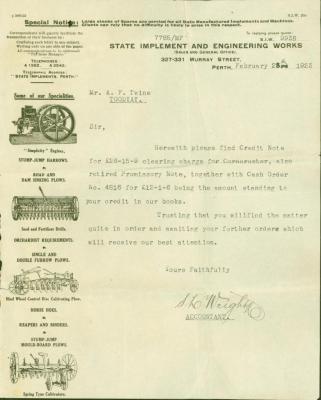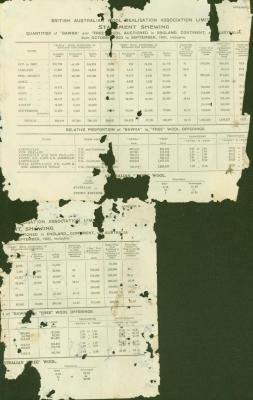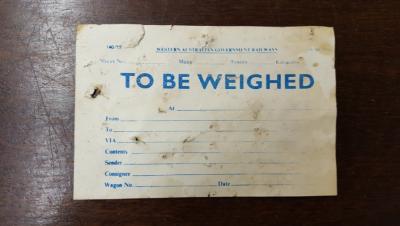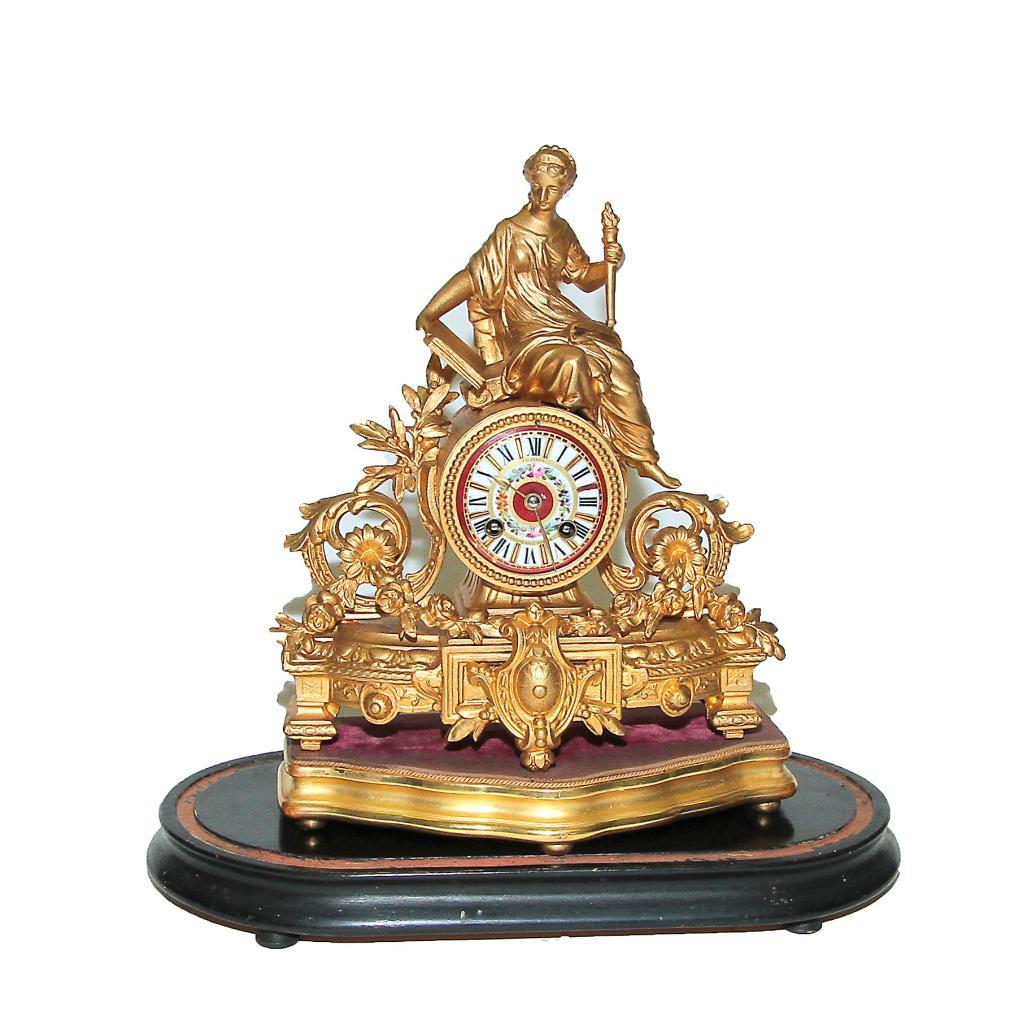CLOCK; ORMOLU STRIKING
1780Gilt and gilded French Ormolu striking clock with original glass dome Circa 1780.a) Clock b) Dome c) Dome base d) Clock base e) Pendulum f) Key, winding
a) Clock: gilt bronze mantel clock with ornate decoration on clock face, enamel with roman numbers, a central floral design and two holes for key entry to winding mechanisms. Two hands, hour and minute. Clock face is in a barrel shaped housing, with a beaded design around the enamel face. On top, is perched a female figure holding a torch in her right hand and a book in her left. She is looking down at the book and her legs are on the opposite side of the barrel, with one leg folded behind the other. She is bare footed and wearing a long flowing robe. The barrel is sitting on an attached metal base with a wreath flowing from one side to the other. A shield at centre front forms part of the design. All design elements are moulded. At the rear there is no cover for the clock mechanism, which is housed in the barrel section.
b) Glass dome: high, oval shaped dome with open base. Large crack, beginning at the top, runs down one side to the base.
c) Dome base: oval shaped wood, painted black at top and around the sides. Four small wooden feet affixed, also painted black. Around the top edge, a channel has been carved out for the bottom edge of the dome clock to rest. On the underside a rectangular section has been cut out of the wood. There is a hand written inscription, paritally obscured and presumed to be in French - 1h 1/2 / Sur ? nesure / VEN / 32018 - There is some staining of the wood underneath and some scratches in the top surface. The channel is not painted and some numbers are visible in three different areas. - 87/31 87/37 87/1331.
d) Clock base: wooden rectangular base with one side shaped in a 'V' shape with wavy edges. Gold painted and top covered with crimson coloured velvet, very worn where the clock rests on it. The material is bordered by a gold coloured cord which is fraying at front edge. Five wooden feet are affixed to the base.
Donated to the Shire of Toodyay by the Toodyay Historical Society in December 2016. This clock was originally owned by the Demasson family and had been donated to the National Trust. The National Trust passed it on to the Toodyay Historical Society due to its historical association with Toodyay.
Examination of the movement confirms it is French made. Over the centuries it has been common practise for clock companies to add their name on the dial of another maker's clock. This clock would have been ordered by William Amed Demasson of Keynsham Farm (along Julimar Road), Newcastle (later named Toodyay) from the London clockmaker and seller J.W. Benson.
Details
Details
Made by Japy Freres & Cie;
Retailer's name on floral dial: J W Benson, Ludgate Hill, London
Provenance: The clock has been linked to the changing of the name of Newcastle to Toodyay in 1910. When it was first sent to Australia, the clock was incorrectly forwarded to Newcastle in New South Wales instead of Newcastle in Western Australia; a great number of other postal articles were also misdirected in this fashion, which proved very frustrating for the local community here in Western Australia.
More items like this
Other items from Shire of Toodyay
- NEWGAIN FARM DOCUMENTS BRITISH AUSTRALIAN WOOL REALISATION ASSN LTD 1921-1923
- NEWGAIN FARM DOCUMENTS. REGISTRATION DOCUMENTS
- NEWGAIN FARM DOCUMENTS. BANK BOOK AND DEPOSIT SLIPS
- NEWGAIN FARM DOCUMENTS. BULK HANDLING OF GRAIN
- NEWGAIN FARM DOCUMENTS. VEHICLE AND TRACTOR MANUALS
- NEWGAIN FARM DOCUMENTS. QUANTITIES TABLES GRAIN AND FERTILISER
- NEWGAIN FARM DOCUMENTS. TAX RELATED MATTERS
- NEWGAIN FARM DOCUMENTS. MASSEY HARRIS CORN CRUSHER
- NEWGAIN FARM DOCUMENTS. WOOL WHEAT AND RAMS SALES
- NEWGAIN FARM DOCUMENTS. VARIOUS DOCUMENTS
- FREIGHT CARD WA GOVT RAILWAYS
- TOODYAY BUSHFIRE PROJECT 2009
